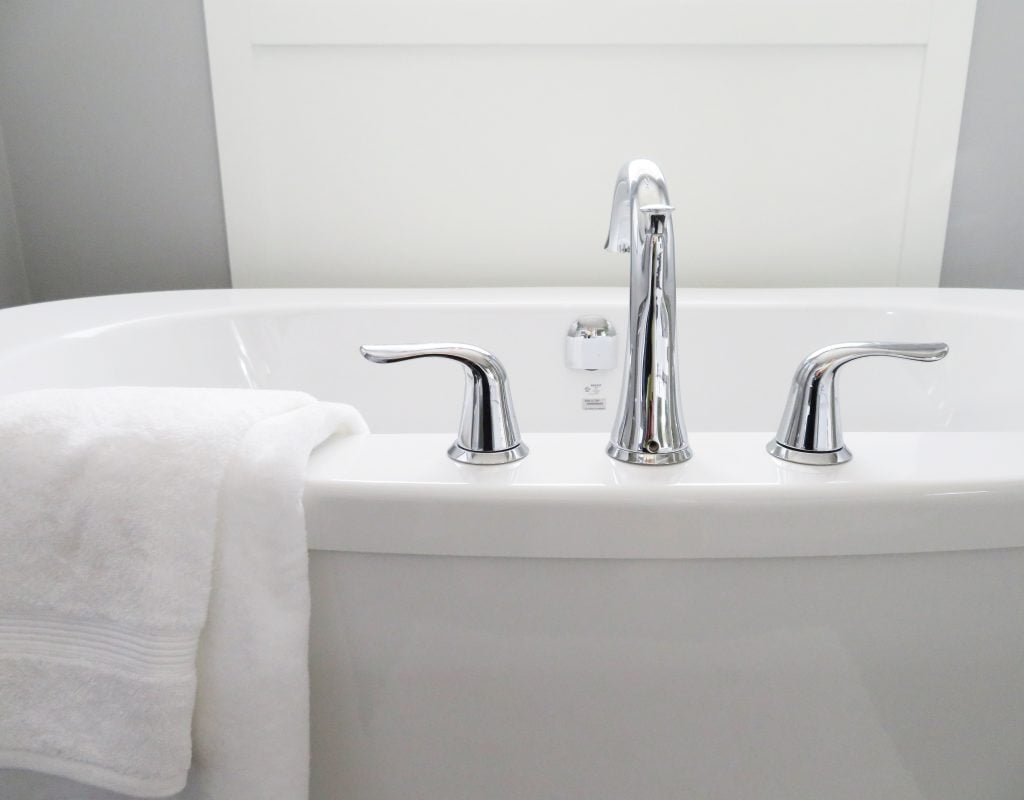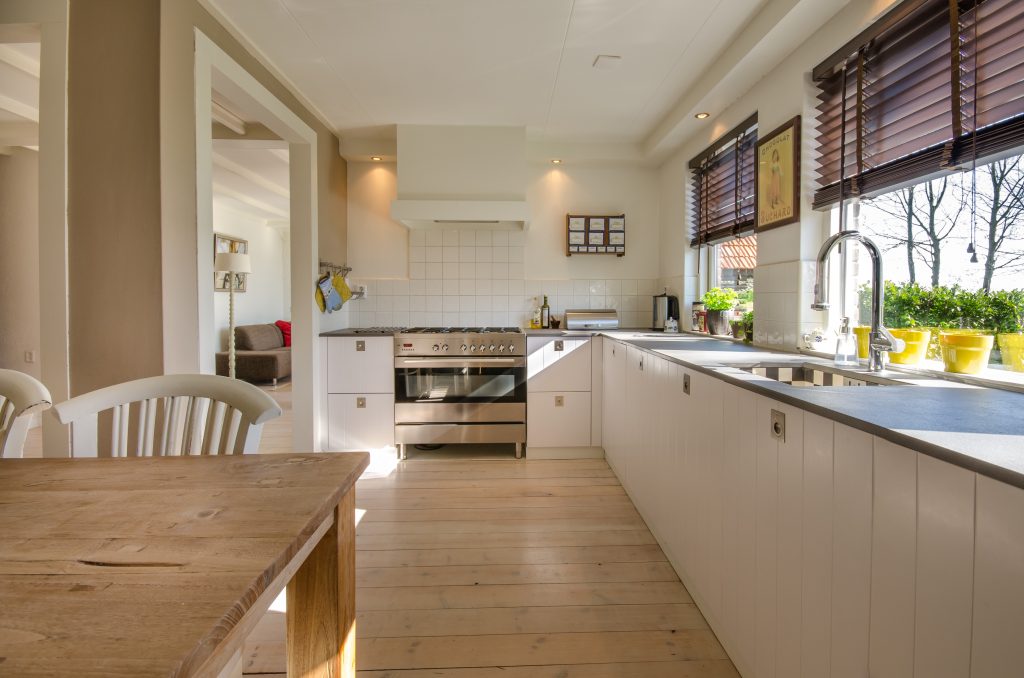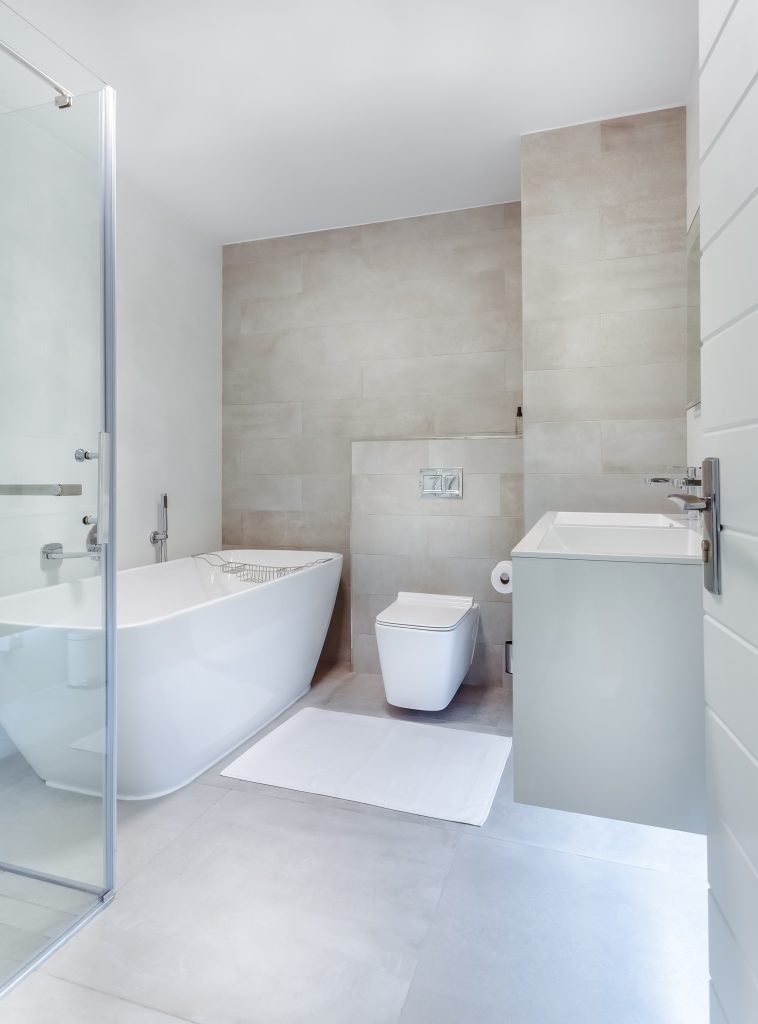I can’t believe I’m actually going to say this but, after President Trump decided to hypothesise about drinking bleach, and it’s potential ability to perform some sort of inner cleansing, I must say – PLEASE DO NOT DRINK BLEACH!!!

COVID-19 has spread rapidly, and it is important to know how to effectively disinfect and protect the home. We all need to learn or re-learn how to clean and disinfect our homes based on expert advice.
Expert advice
Dr Lisa Ackerley, Chartered Environmental Health Practitioner, has some advice about how to safely and effectively disinfect the home against Coronavirus.
Dr Lisa Ackerley says:
“It is important to remember that Coronavirus will only enter our homes when someone comes in who is infected, is carrying it on themselves, or when an item you or they bring in is contaminated. Coronavirus can last on surfaces for a few hours or a few days, depending on the type of surface. That’s why regular and proper hygiene practices are so important. But cleaning more doesn’t always mean cleaning better. The key is cleaning smarter…”
What is Targeted Hygiene?

Dr. Lisa Ackerley says, “targeted hygiene is an effective way to clean smarter and help to prevent the spread of harmful bacteria and viruses, including Coronavirus, focussing on disinfecting the surfaces that you and your family most frequently touch.
“Research has shown that trying to deep clean your entire home will have little or no impact on combatting the virus – targeted hygiene is much more effective.
“When practicing targeted home hygiene, first clean away visible dirt and then apply diluted bleach to the surface to kill germs. When it comes to which surfaces to clean, think about which are those that you and your household touch most often.”
Top surfaces for targeted hygiene
Dr Lisa Ackerley advises thinking about the surfaces that are frequently touched on entry to the home by your or your family. These often include:
- Front door handle
- Internal door handles
- Staircase bannister
- Fridge handles
- Cupboard handles
- Counter tops
- Kettle handle
- Bathroom taps
- Kitchen taps
- Toilet flush handle or button
How to handle bleach safely

“Bleach is proven to kill Coronavirus. I recommend a 1:9 solution of bleach and water when practicing targeted hygiene. That is equivalent to 450ml water and 10 teaspoons of bleach to make 500ml of bleach solution – that’s enough to fill a medium-sized bowl or a spray bottle.
Bleach is a hazardous substance, but when handled carefully, is a powerful cleaning agent against COVID-19.
- Always check the manufacturer’s label and never use on surfaces other than those directed on the bottle
- When handling with bleach, always wear household gloves – you can purchase disposable gloves online from unigloves.co.uk that will protect your hands from the harsh chemicals
- Do not mix bleach with other cleaning products
- All bleach products or solutions should be kept out of reach of children
- NEVER ingest bleach
How to dilute bleach safely
Bleach needs to be diluted properly in order to be effective and safe to use as a cleaning solution.
- Wearing household gloves, place a measuring jug in the sink and mix nine parts cold water to one part bleach – for example 450ml to 50ml (10 teaspoons)
- Place solution in a labelled container and wearing household gloves use a clean cloth to apply
- Replace the solution daily

Where to go for more information
Cleanipedia is a website with hundreds of articles about how to clean your home that you can trust. It includes lots of advice specifically about how to disinfect and kill viruses. If you think you’d prefer to hand over to a professional for a proper deep clean try a company like Dash Maids.
There is a dedicated section on the website about cleaning to prevent the spread of Coronavirus. Visit www.cleanipedia.com or search ‘Cleanipedia.’


2 comments
Be safe and use gloves, its important for your life live, take distance from another person and read this blog